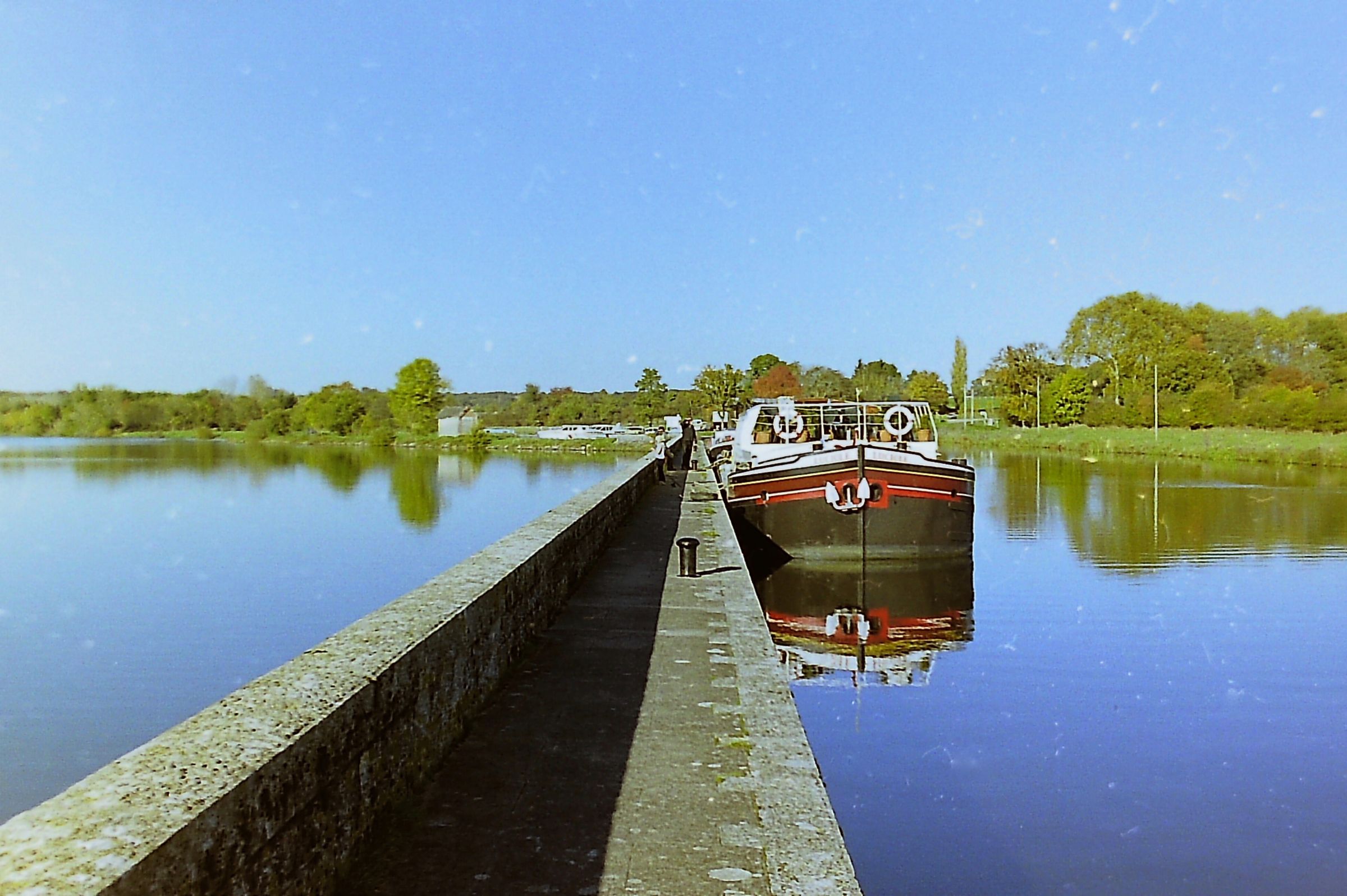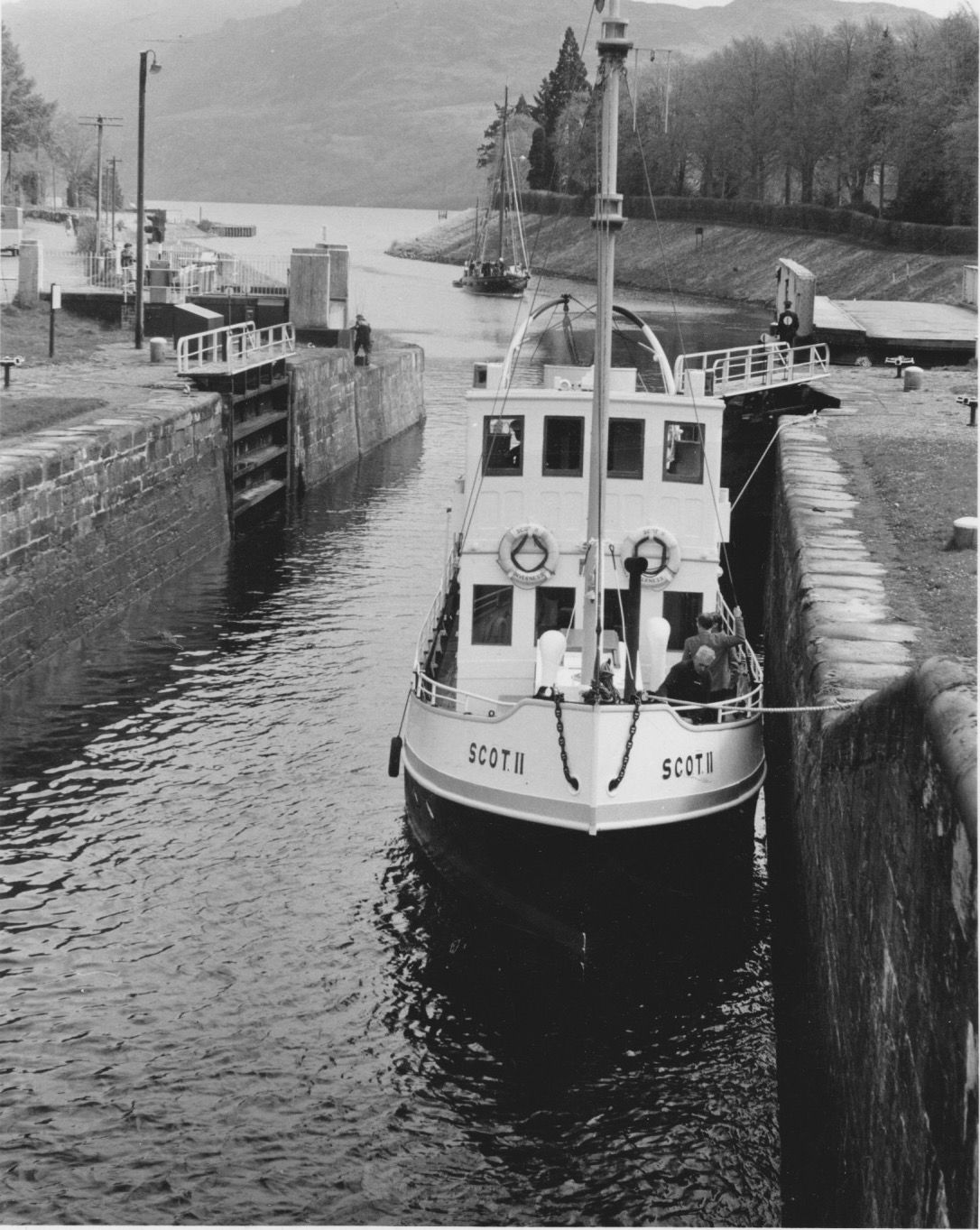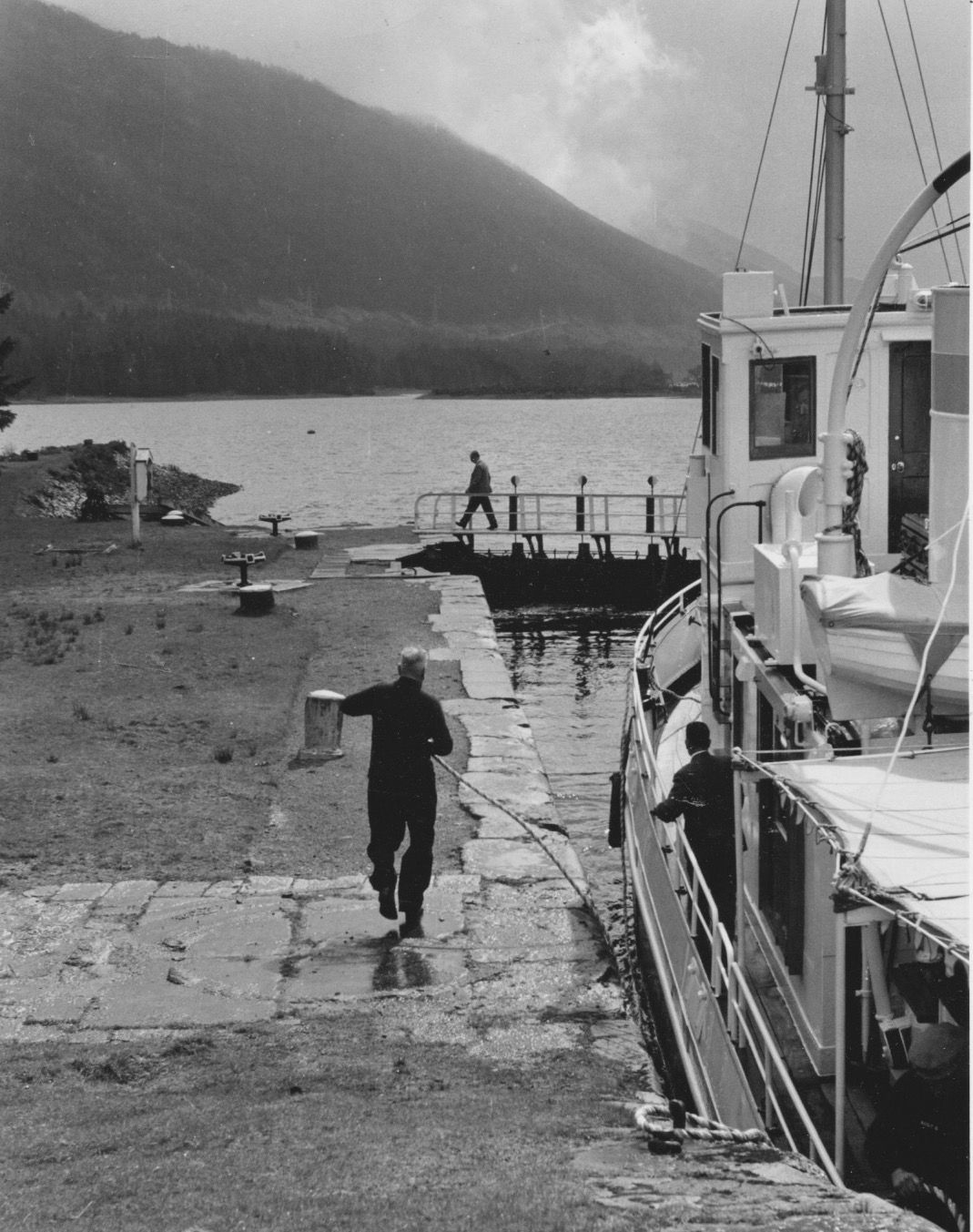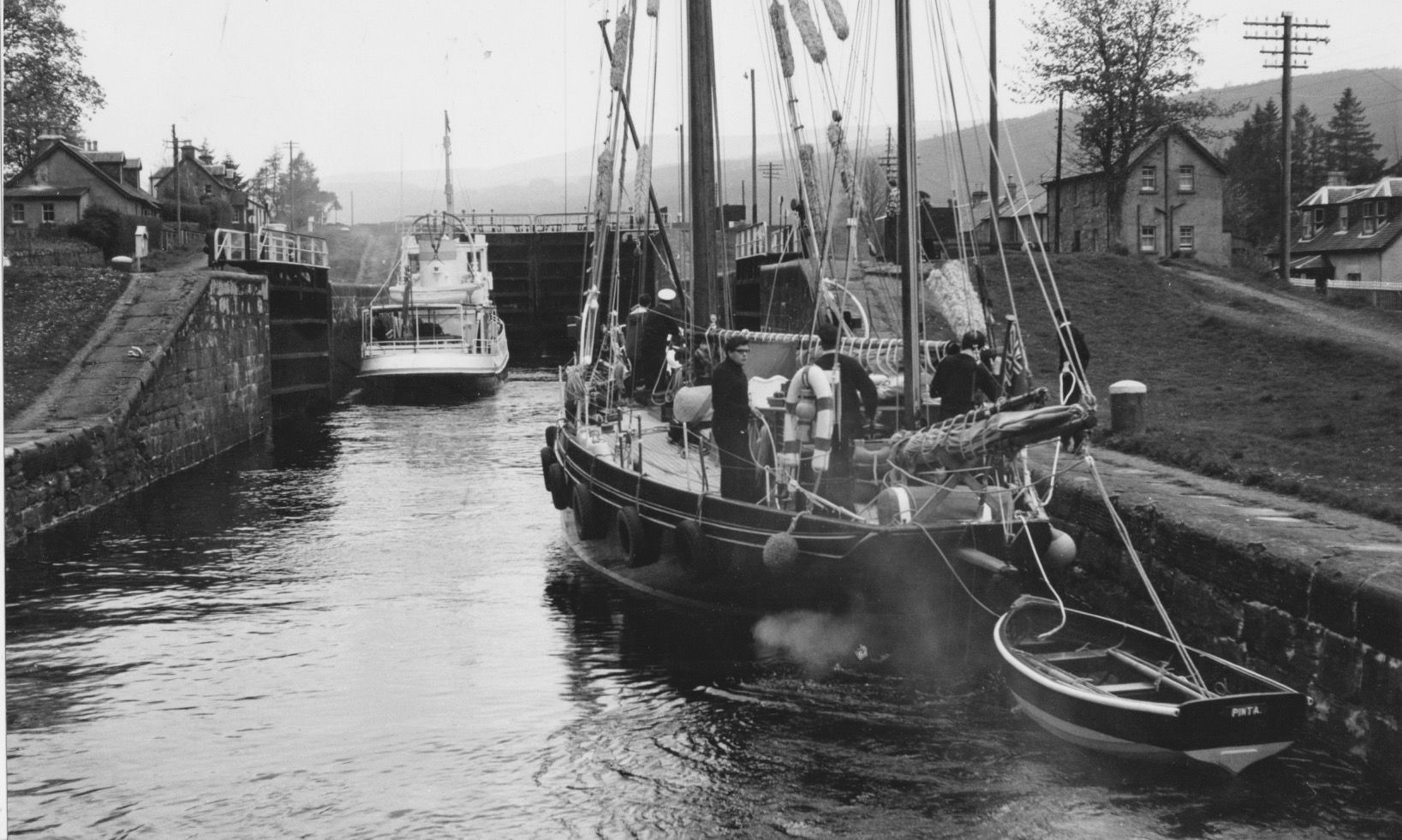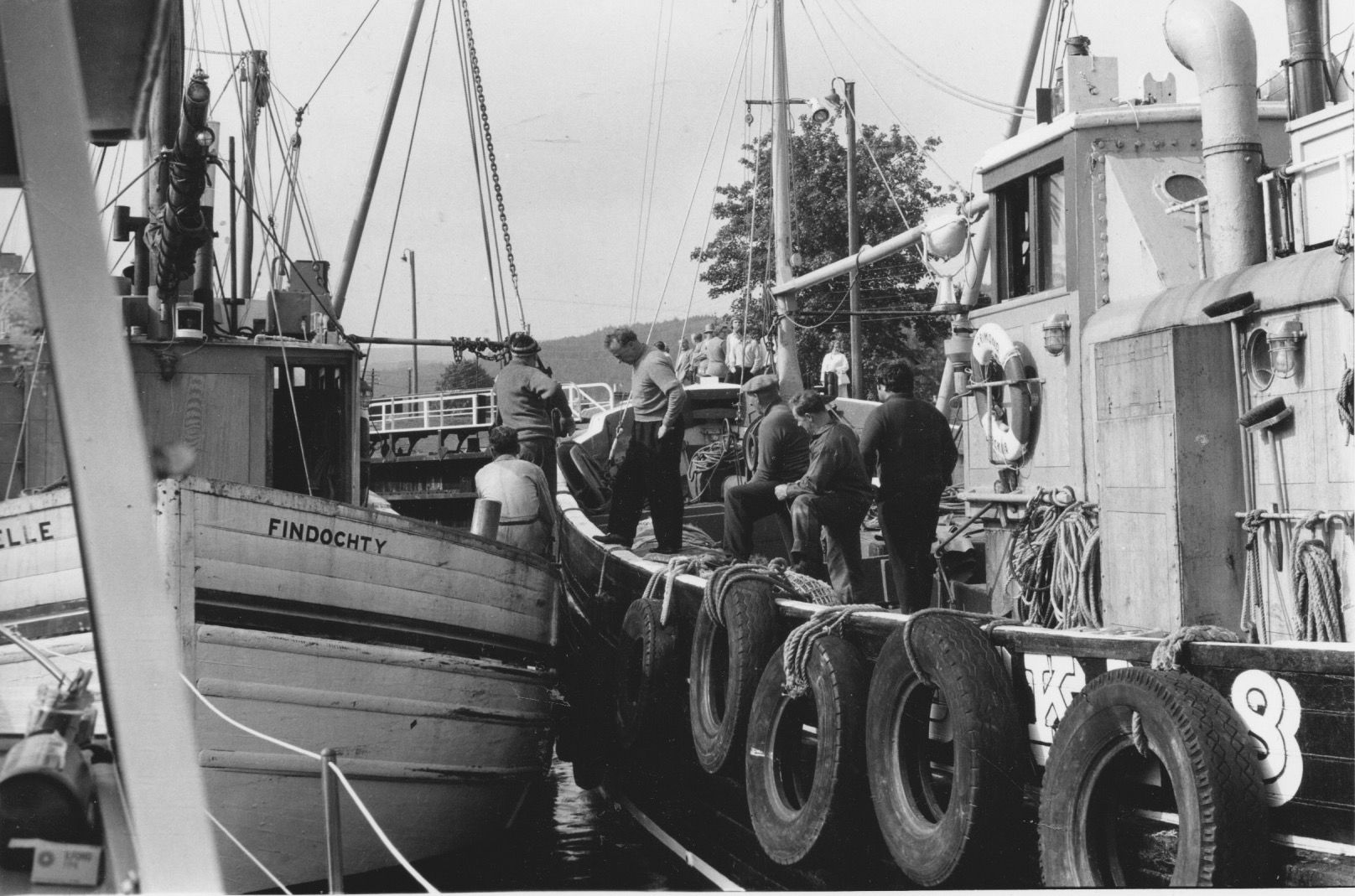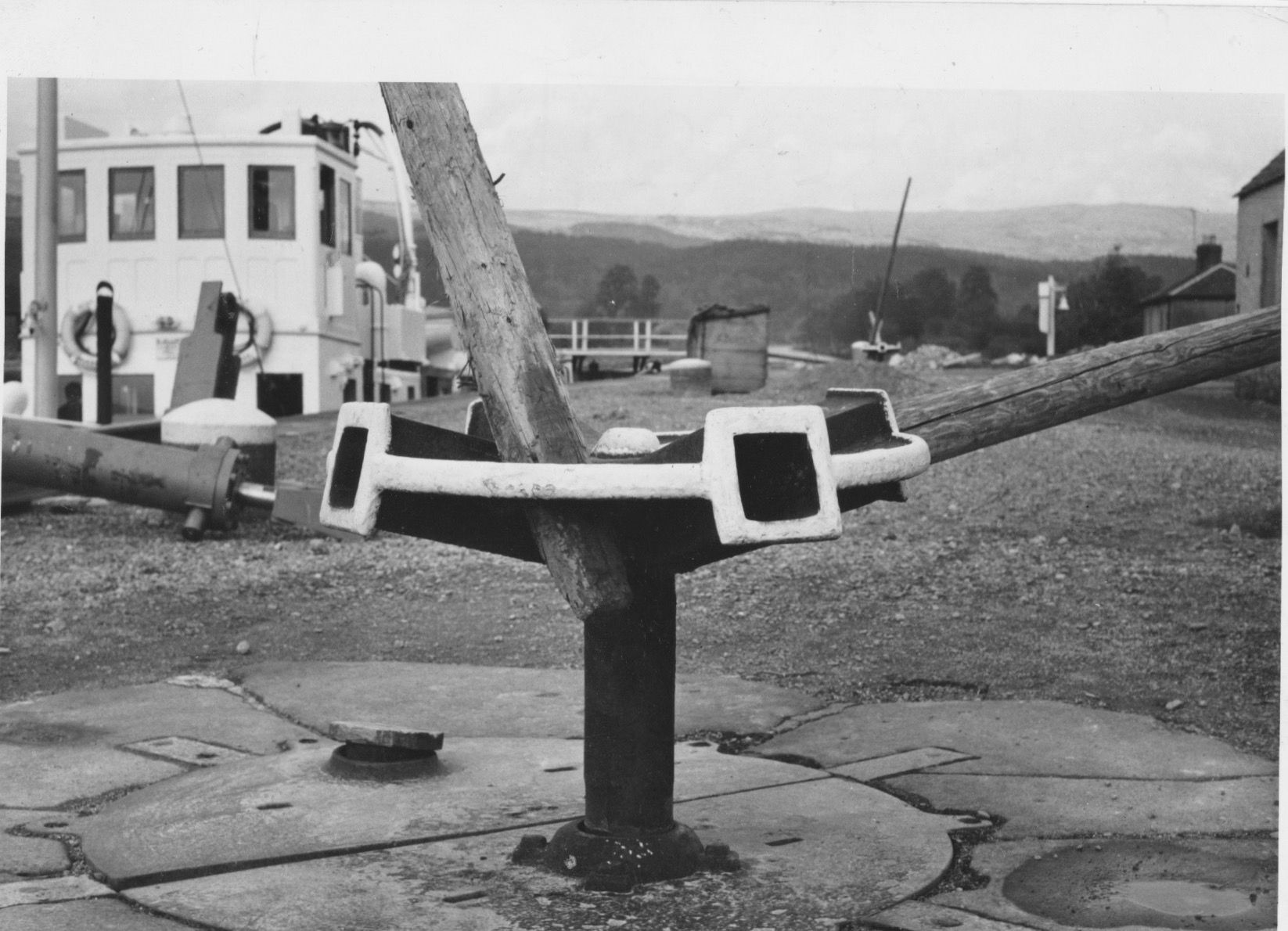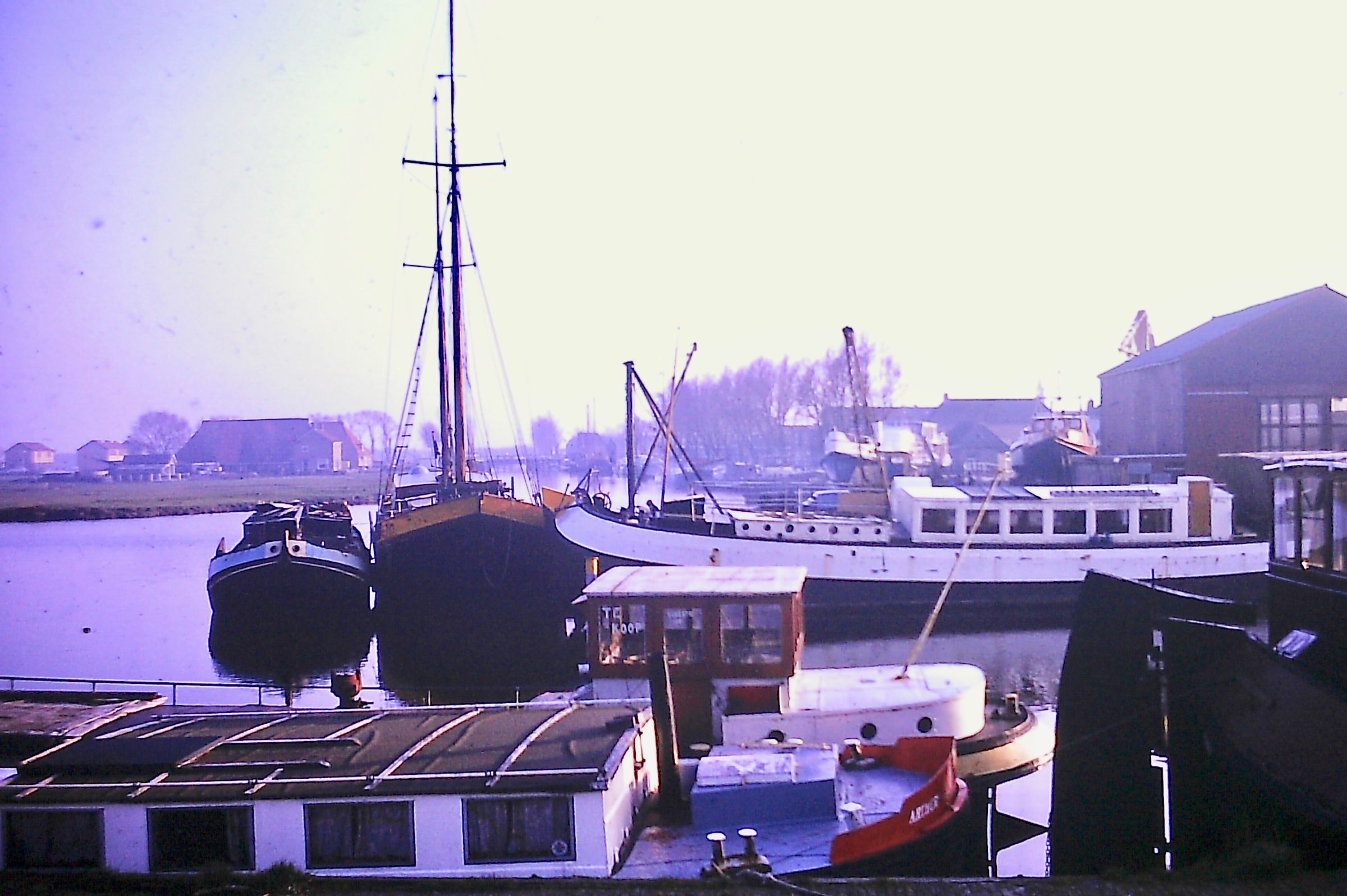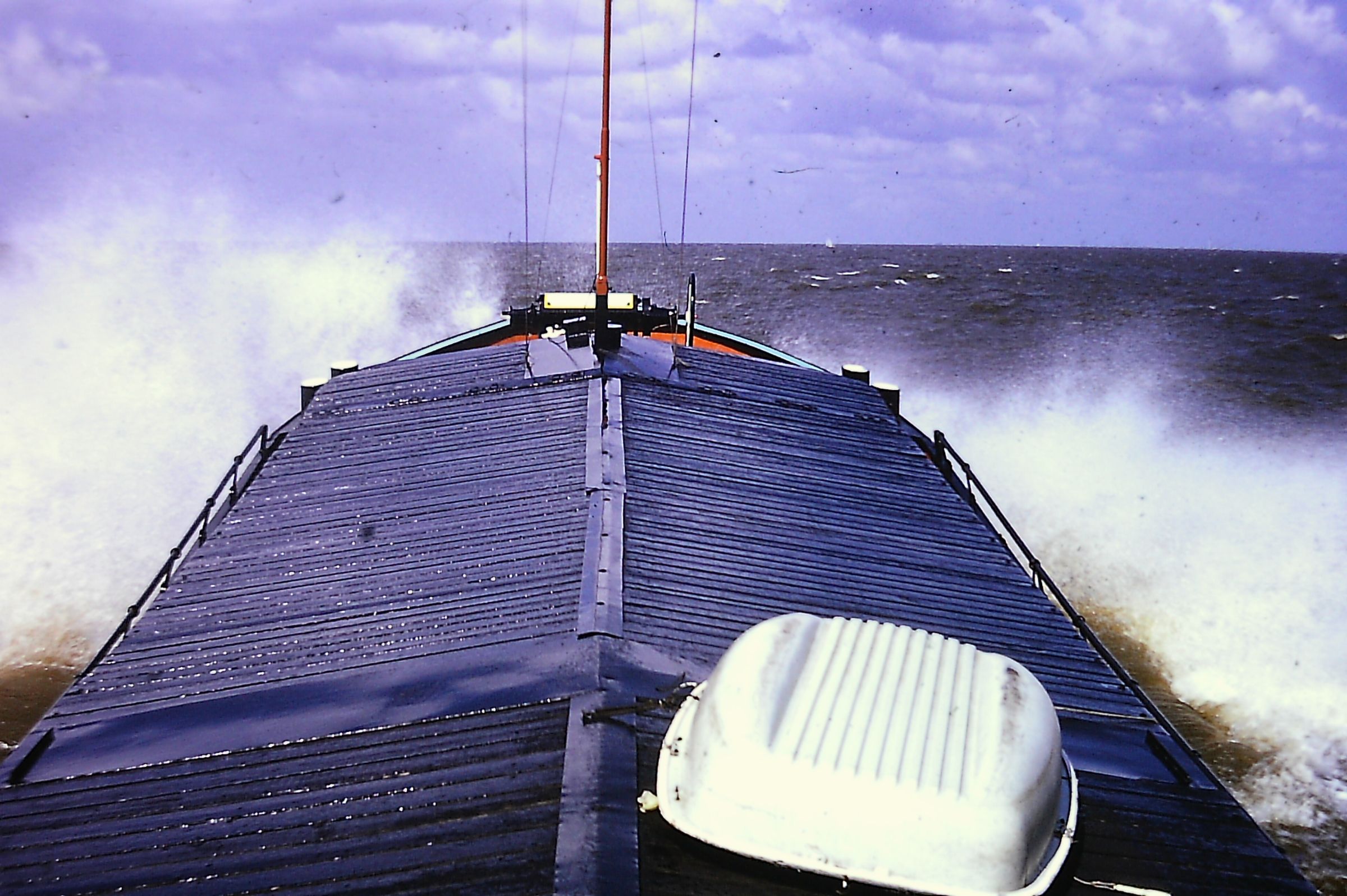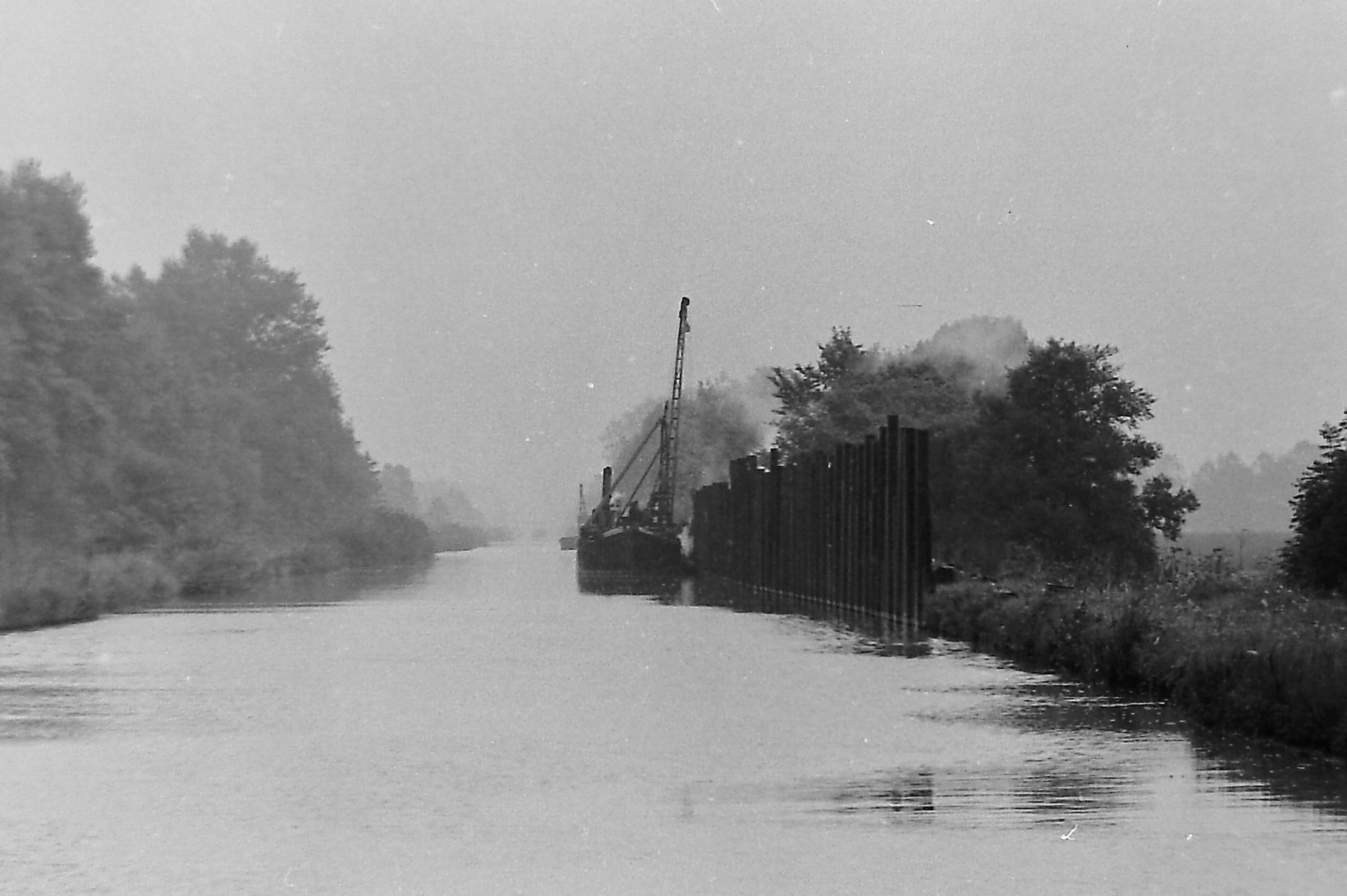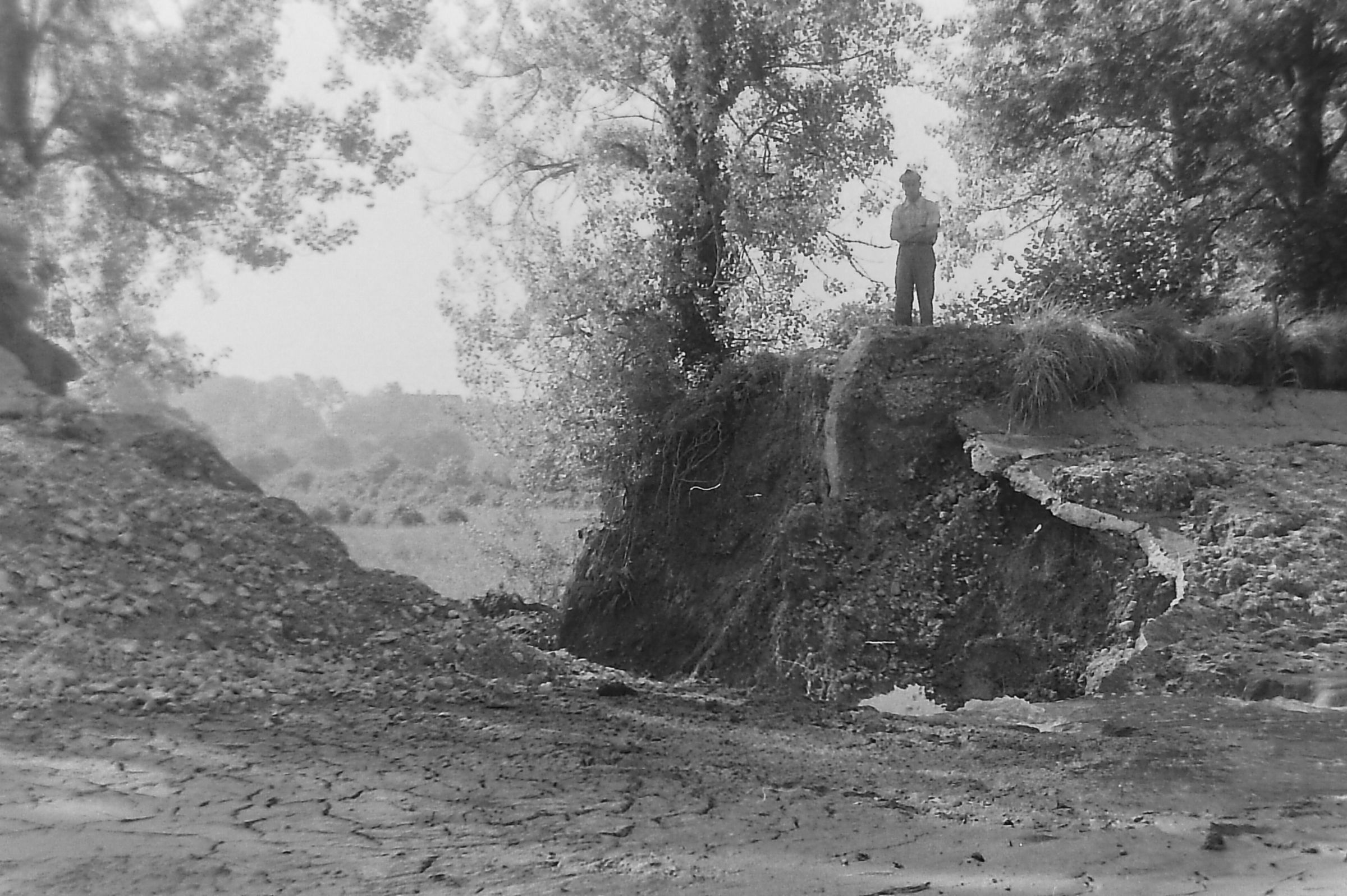

John Liley
Patron-
Posts
319 -
Joined
-
Last visited
Content Type
Profiles
Forums
Events
Gallery
Blogs
Store
Everything posted by John Liley
-
The picture of troops at Ricqueval is just one of several remarkable photos taken by 2nd Lieutenant David McClellan. With his bulky plate camera gear, on the very same day, he travelled 80 miles along roads crowded with military transport and refugees to take more photos at Abbeville near the mouth of the Somme. The one seen here is of German prisoners-of-war in a compound at that town. The other pic (my own!) is of tows crossing at the southern end of Ricqueval prior to our journey onwards to the second tunnel at Le Tronquoy. The Diapason was, in fact, a comfortable fit - provided the crew kept their heads out of the way of the overhead wires.
-
A recent photo, herewith. The bridge in question was demolished in 1942, for what reason I do not now. Another bridge carries the busy main road at Pont-sur-Yonne. This new one if for local use. The barge operator's association is bringing a court case to get the thing lifted. VNF, the waterway authority has also offed a million euros to get it jacked up. All in all a typical example of how water transport, by its very virtue of being inconspicuous, , gets itself ignored
-
I think we should be careful with the these French stereotypes. There is, at least, a group out there promoting the return of a large-scale freight-by-water project to the port of Gron, south of Sens. May I direct attention to the miserable saga of getting freight in bulk moving on the Aire & Calder? This a route capable of handling 600 tonne loads can so far only carry 350. Lock gates do not work properly; there are not enough lock-keeping staff. And the burst that occurred before Christmas still has not had repair work started. There is a 70,000 tonne contract in carrying sand to fulfill. That is 2,500 of the biggest lorryloads. And that could just be for starters. While this matter is not attended to our planet is burning away.
-
Ricqueval Tunnel again. When we took the Arthur through, those many years ago, the tow took us through the second tunnel of Le Tronquoy as well, with a blissful journey on a bright summers day, through the section in between, just drifting along, 17th vessel in the train. Two other pictures attached: Riqueval at the end of its period as part of the Hindenburg Line, the German defensive position in 1918, plus the famous photo of the 17th Infantry Brigade being addressed by their commander, three days after taking the bridge across the canal between the two tunnels.
-
A similar kind of day to when we went into the madhouse that is Antwerp Docks. This entry lock is, i believe, closed for renovations at present, a scheduled affair but then brought forward as someone managed to tosh one of the gates. The vessel we were lying alongside in the top photo was so keen to get to the refuelling barge before anyone else did, we were half-way out of the lock together before I managed to get us untied. It was active in the same kind of way where the Albert Canal comes in. See picture two.
-
Likewise.I also know of someone who almost lost a foot, being treated, thankfully, because of the presence of a lock-keeper (not always guaranteed in these days of automation) who called in medical attention quickly. That apart, the Canal de St-Quentin is far more attractive, as I am sure you agree! JL
-
The River Oise forms part of a chain of waterways linking Belgium with the Seine, and traffic on it is steady. The pusher pair of 38 metre barges will be carrying 600 tonnes, the same loading as on the Aire & Calder in England (had the A&C not fallen into such a state that, when it is open at all, only 350 tonne loads can be managed (Come on IWA. Do something!)) 6/700 tonnes is the limit of the C du Nord currently. A new waterway, the Seine-Nord Canal, is due to replace it. reducing the number of locks and raising the capacity to 4,500 tonnes at a time. The yacht will be heading, no doubt, for the Mediterranean, having passed, perhaps, through the Canal de St Quentin, rather than the Nord, which is difficult for smaller craft - there are surges within the locks, due to the way the sluices are arranged, and the handlers of ropes can be vulnerable.
-
I too was interested to see the steerer being counted into the locks. We do this on the Luciole, as in the picture, because we have to. Whereas, on the Secunda, 5 metres in beam, I could get her into locks without assistance (despite the massive rudder, stiff steering and a tendency to slip sideways) with the Luciole it is very difficult indeed. She displaces 170 tons and, like many French peniches, is built of thinner metal than narrow boats are, There is only an inch to spare on each side, and If we nudge the entrance we really know about it. I have got her into locks without guidance, but with the superstructure blocking the view it isn't easy. When there is a wind catching the saloon and the current of the river is coming in at angle, having someone counting is a blessing. One other aspect of the Traveler movie was the guy's facility with ropes. Many of us can lasso a bollard - most of the time. But I try not to depend upon it, in fact I lecture our crew to (a) take the boat in slowly, while (b) whoever is tending the bow line walks ashore to put the noose in place. Should there be a cock-up then (c) the steerer should have the time and space to stop the boat on the engine if needs be. Ninety-nine per cent of the time it all works fine, but our season is long enough, and we've had 44 of them now, so those one per cent occasions do mount up!
-
I would guess it is quite valuable. If you want it in Lyon and it comes from Trinidad, then ship and barge seems the best possible way. A quick look at the Internet tells me that currently, in the UK, a small bag costs £1 a kilo. Given a mark up on this of, say, 50 per cent, then the 250 tonnes the peniche was carrying is worth £125,000. I could be wildly wrong about the mark-up, of course. When I travelled on my friend's much larger barge in France,I was told, in very general terms that the 1,000 tonnes of malted barley we were carrying in special containers was worth over a million euros. ie 1 euro per kilogram, very roughly. So, by comparison, asphalt is cheap I suppose. When I joined this forum I never thought i would find myself engaged in such matters, Not long now, Covid allowing, before I'm able to get out more!
-
It takes all sorts, I suppose though, generally, there is enough common sense for one or other to wait at a possible passing place. Re Dutch families there is amongst the 38 metre fraternity a group of adventurous souls who take cargoes from the Netherlands deep into France for the hell of it (and running the risk of not getting a return load) For an excellent 24 minute movie of such a journey I highly recommend
-
Peniches prepare to pass one another on the Canal de l'Est in France. In those days. prior to the widespread use of radio, steerers would use binoculars and hand signals to decide who should give way, and where might be the best place for passing. On the more rural canals it sometimes took, and maybe still does, several attempts at squeezing by, with one vessel retreating until a suitable spot was found.
-
When, long ago, we brought Secunda down the Canal de Calais, its solitary lock was 5.20 metres wide. Since then a new one has been installed, allowing loads up to 600 tonnes to pass - a larger vessel is waiting in the background of picture 2. Present-day traffic is in crushed stone from a plant outside Calais itself, involving several sizes of craft, though, curiously, access to Calais docks remains still at 5.20 metres in beam.
-
This is the cellar in the house, now painted white, in which Wilfred Owen spent his final night with his comrades, before being shot at the canalside just one week before the 1918 Armistice was declared. Here also is the partially collapsed aqueduct causing the closure of the Sambre-Oise Canal - now to be made navigable again, at last. Well done for going on the protest - not such a common event in France, on canals, at least, but they are beginning to get the idea.
-
The summit level of the Canal du Nivernais at Baye. The lake on the LH side of the picture feeds the southern part of the canal and is, or should be, around 30 cm lower than the waterway. A second lake, beyond the first, looks after the summit level iteslf. aided by a 30 kilometre feeder fromm the dammed River Yonne, joinging seme 3km distant beyond this spot. Not bad for a cross-country route way down the pecking order in France.
-
When I was a new boy at 'Motor Boat & Yachting' we received an invitation to join an Inspection cruise of the Caledonian Canal aboard the British Waterways tug 'Scot II' Amazingly, no-one else could go, so I got the job: night sleeper to Inverness, being hauled by a streamlined locomotive through the Highlands while having kippers for breakfast in the fining car - all expenses paid. The voyage turned out to be an annual booze-up for local journalists, who did not look at the canal too much, but on the way the deckhand explained to some of us why the banks were starting to collapse. Stones, carefully laid on the shore, rested on planks a short way below the waterline. These, in turn, rested on elm pegs and these were rotting. Was anything being done? He said nothing was. Someone undertook to have a word about it, but when I went again some years later on a hire cruiser,embankment collapses were to be seen at several points. Lock gates, in places, were wound ope ny folk sticking poles in metal windlasses, then walking solemnly round in a circle. I don't know if that goes on (or if the elm peg matter was ever resolved)
-
French canal leaks. The upper one, on the Marne-Rhine Canal was fixed, under pressure from a huge queue of barge families, each with a cargo of grainto derliver, in around six days. The other was on the Nivernais at Chitry-les-Mines. Caused by a blocked culvert during a storm, the canal overflowed. The resulting damage, beyond the area budget at the time, was fixed eventually, following a plea to central government. Incidentally, the Marne-Rhine case was caused by a "renard", the French word for fox, a waterways term for one of those ltitle wriggling trickles with which bank collapses so often begin. It does not mean a poor old renard was directly responsible.

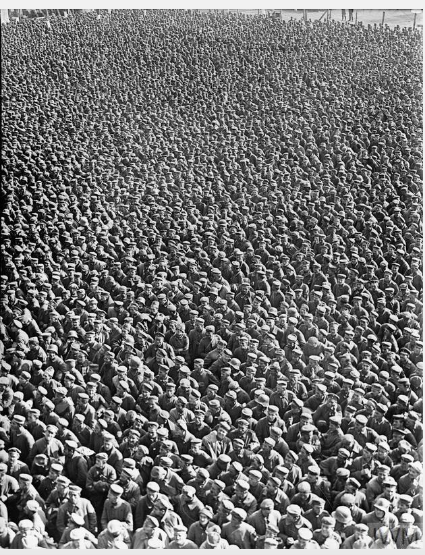
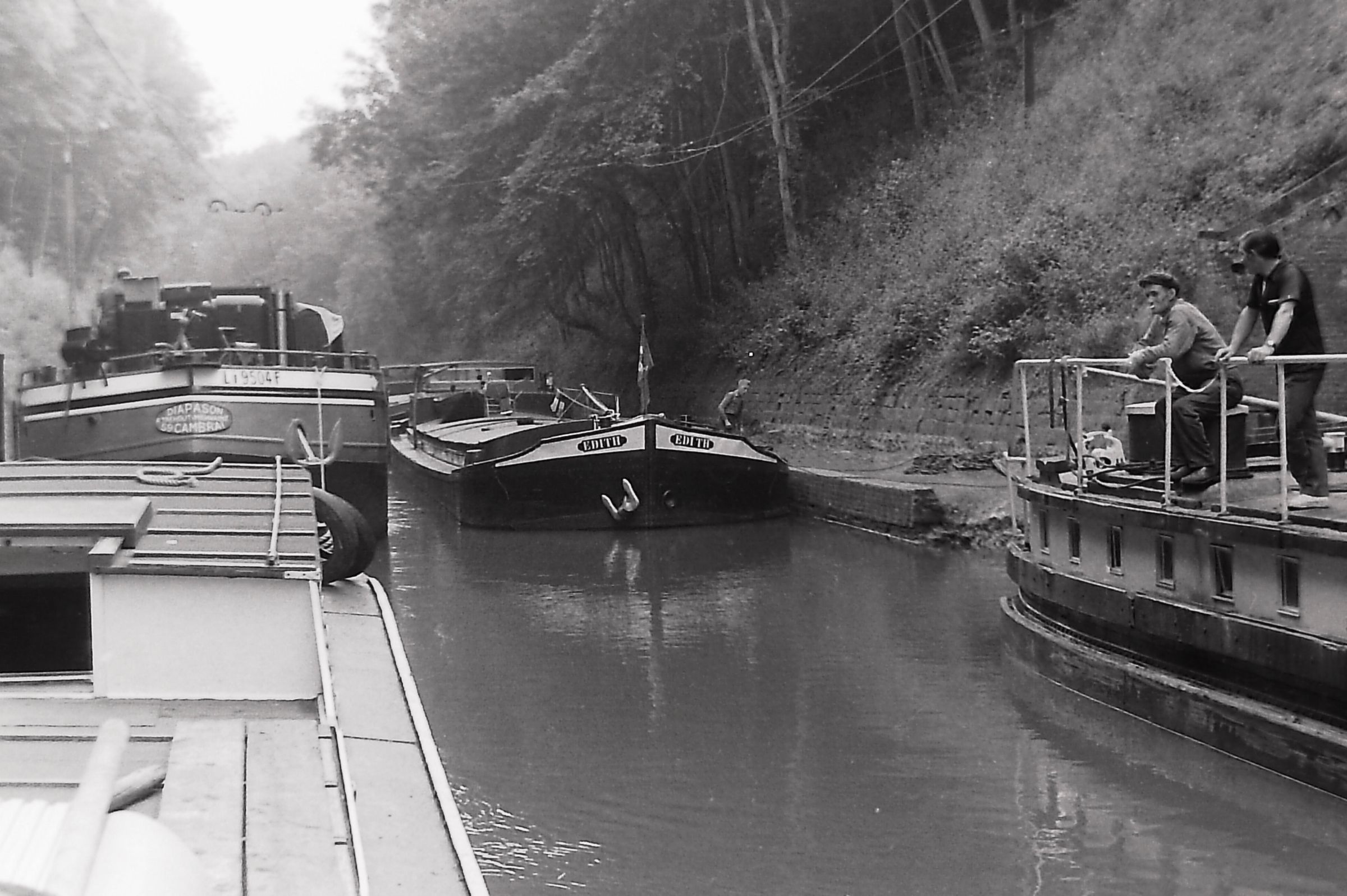

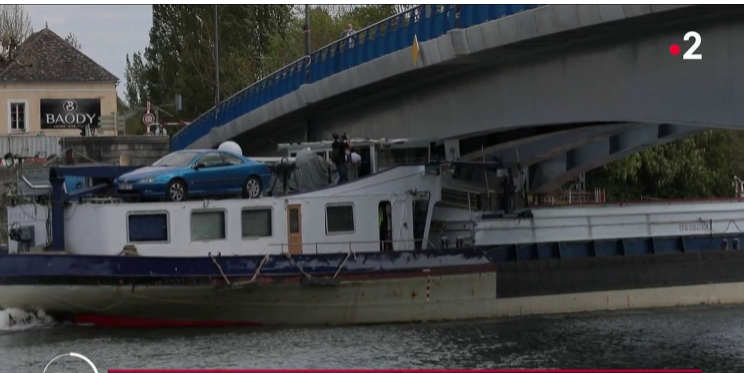
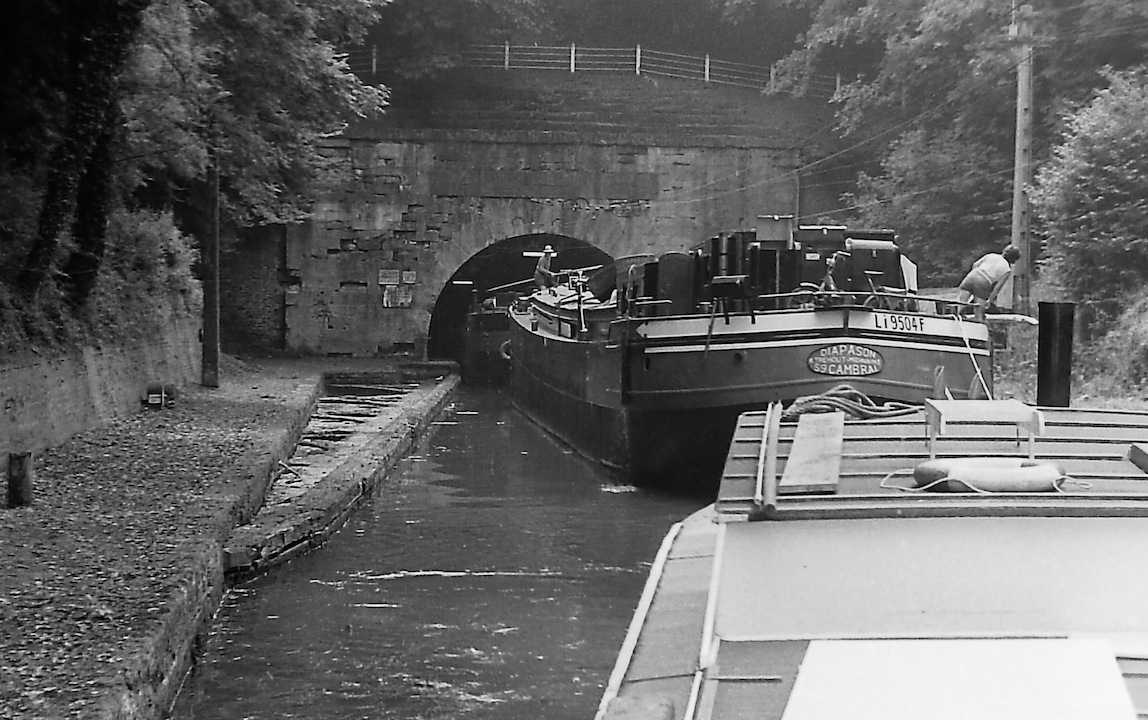
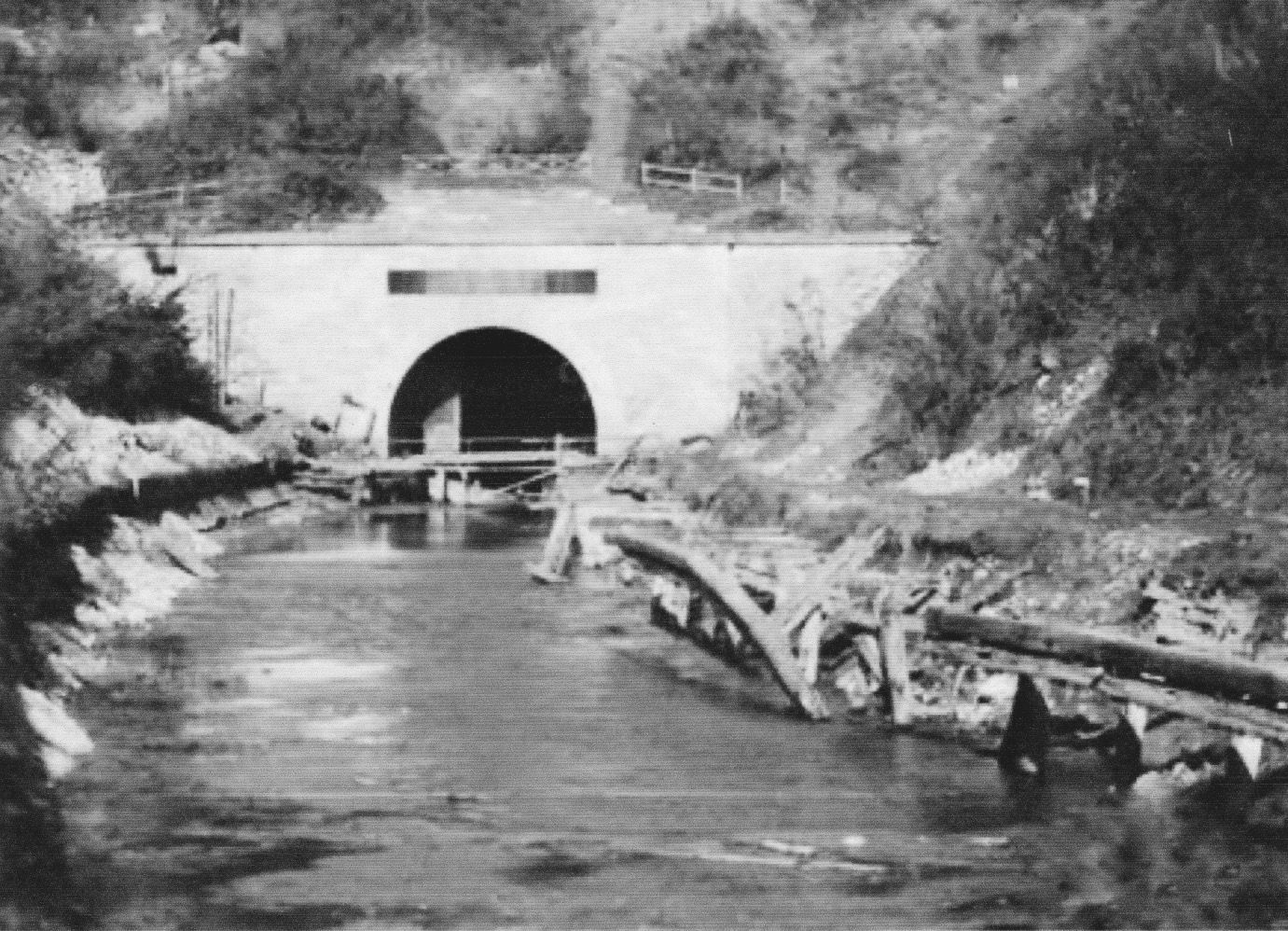
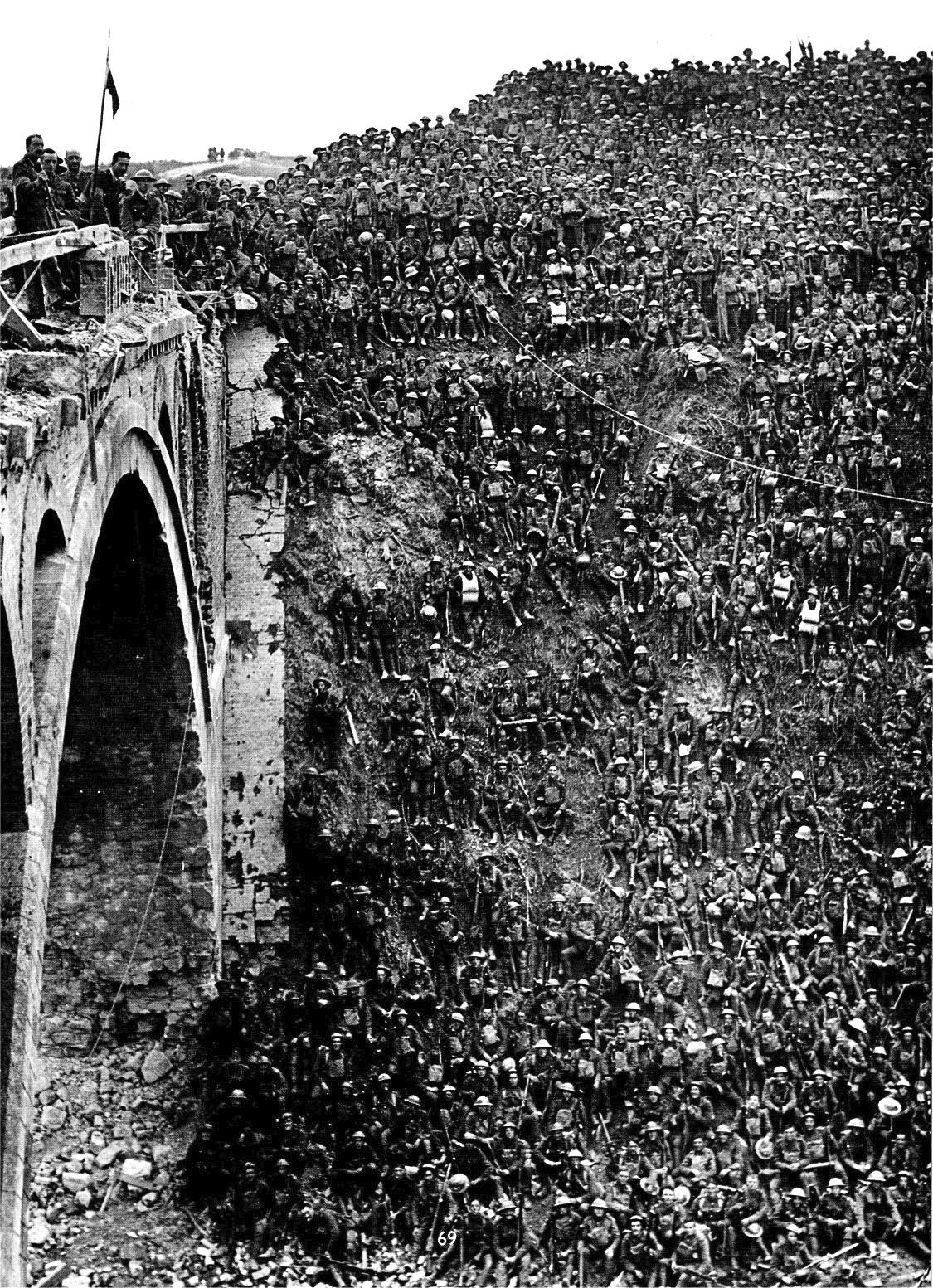
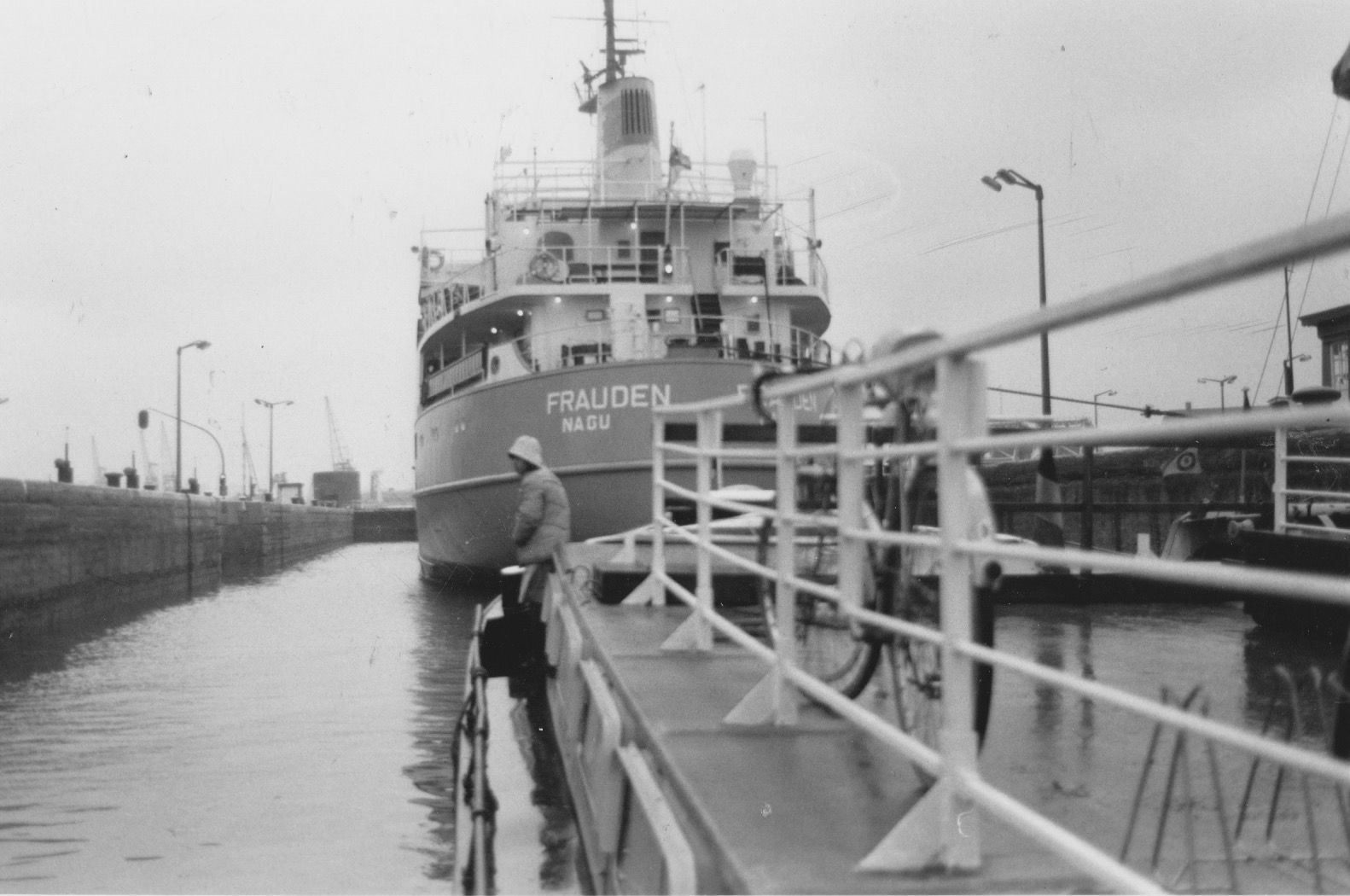
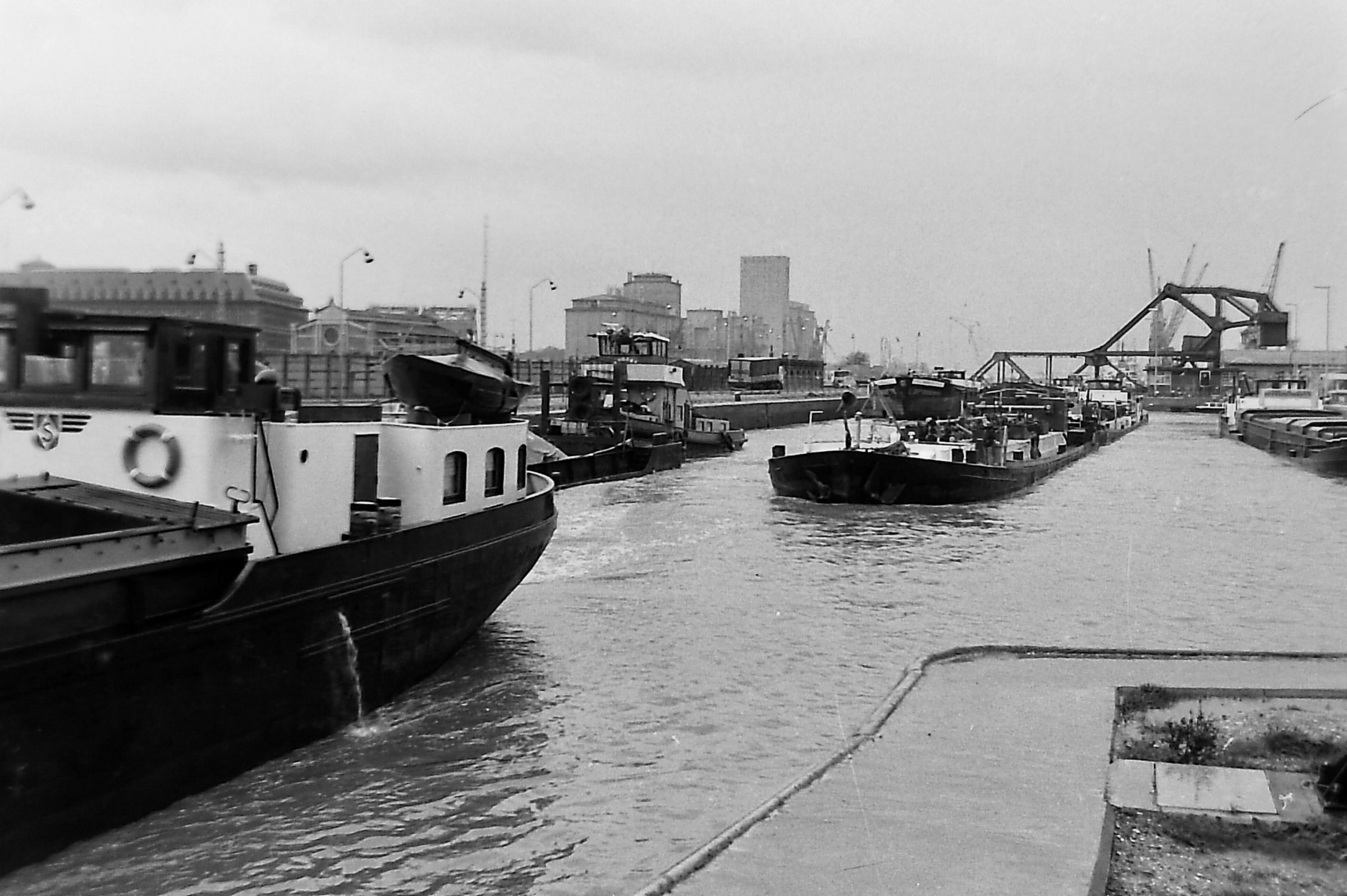
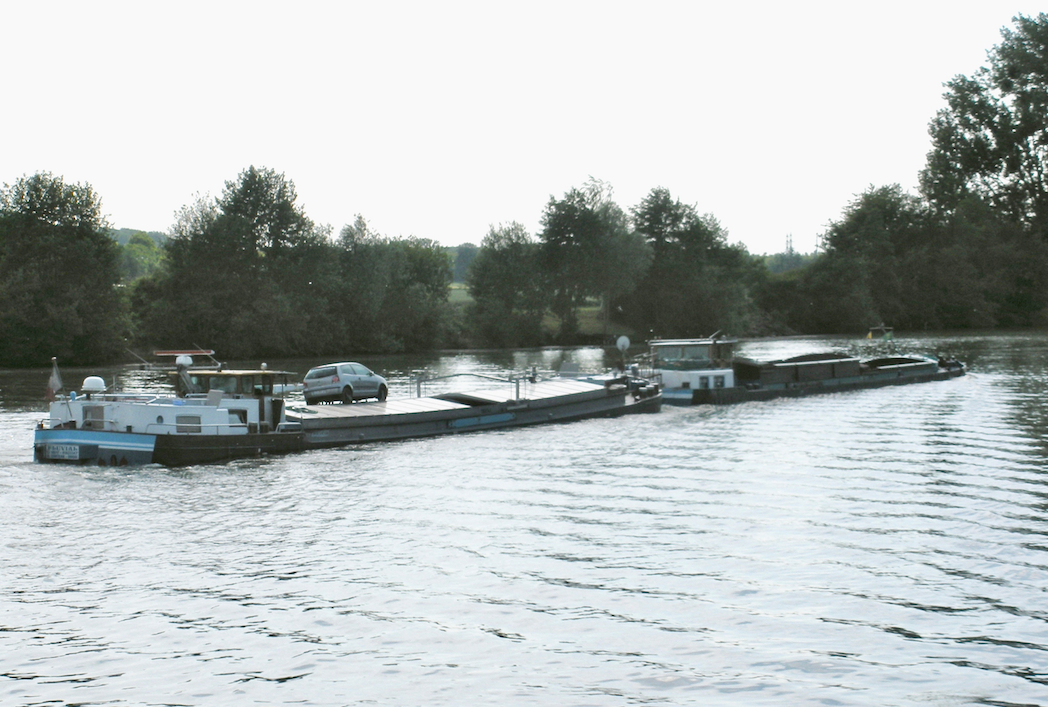
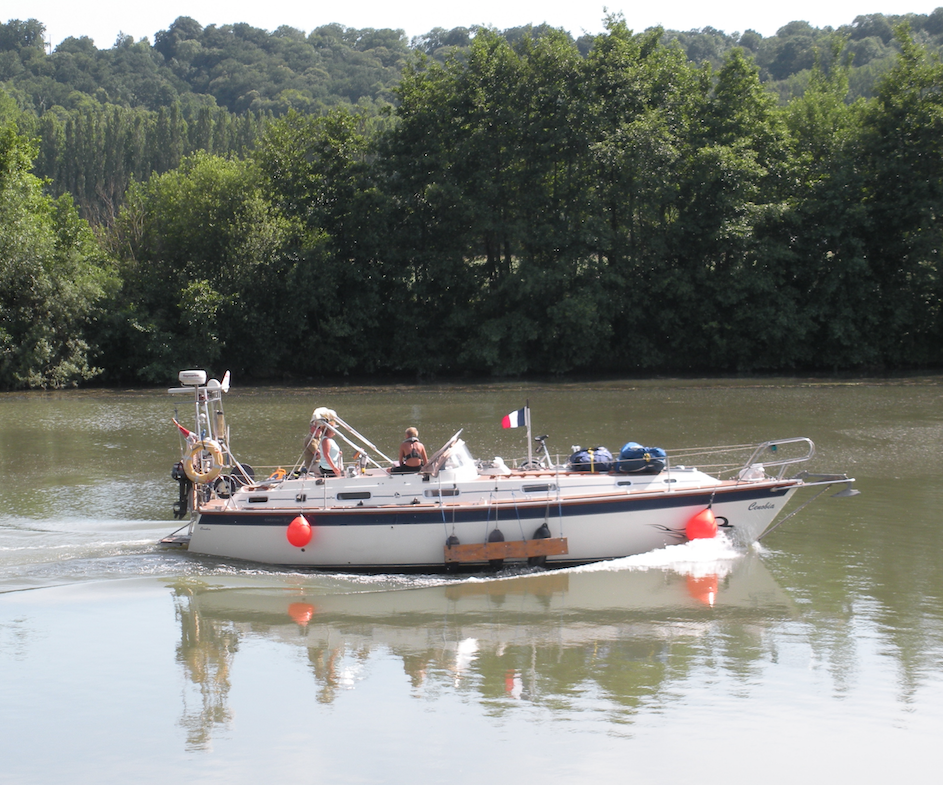
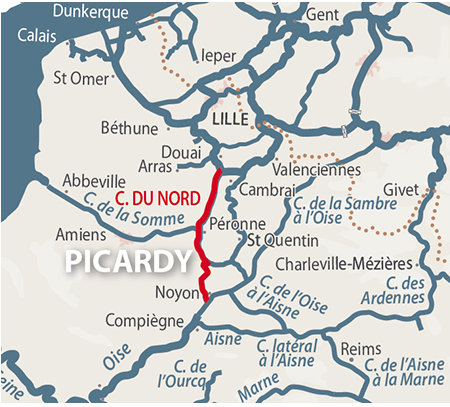
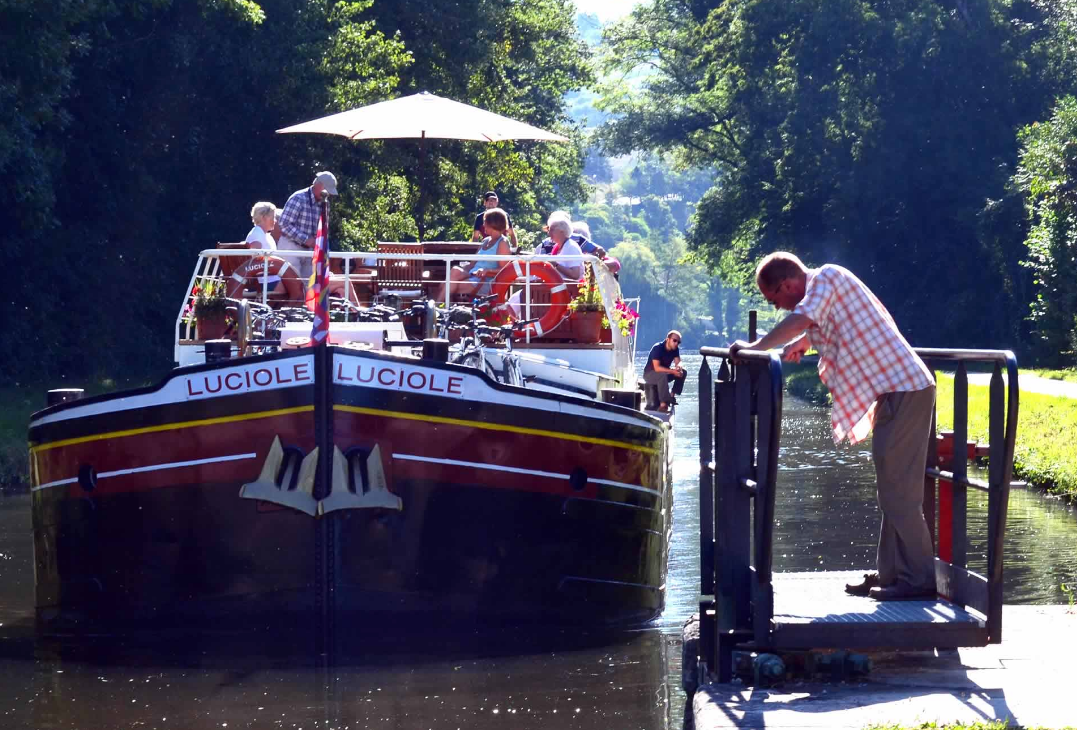
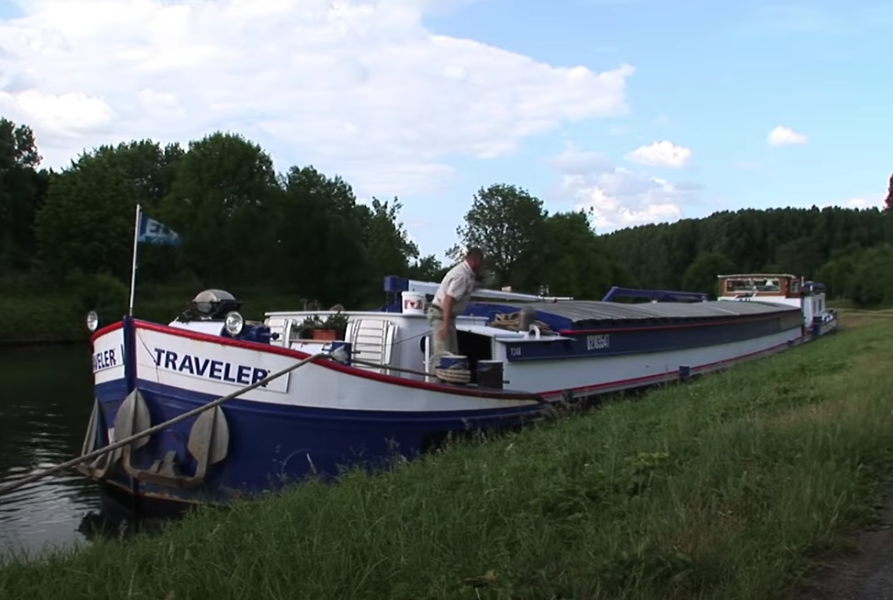
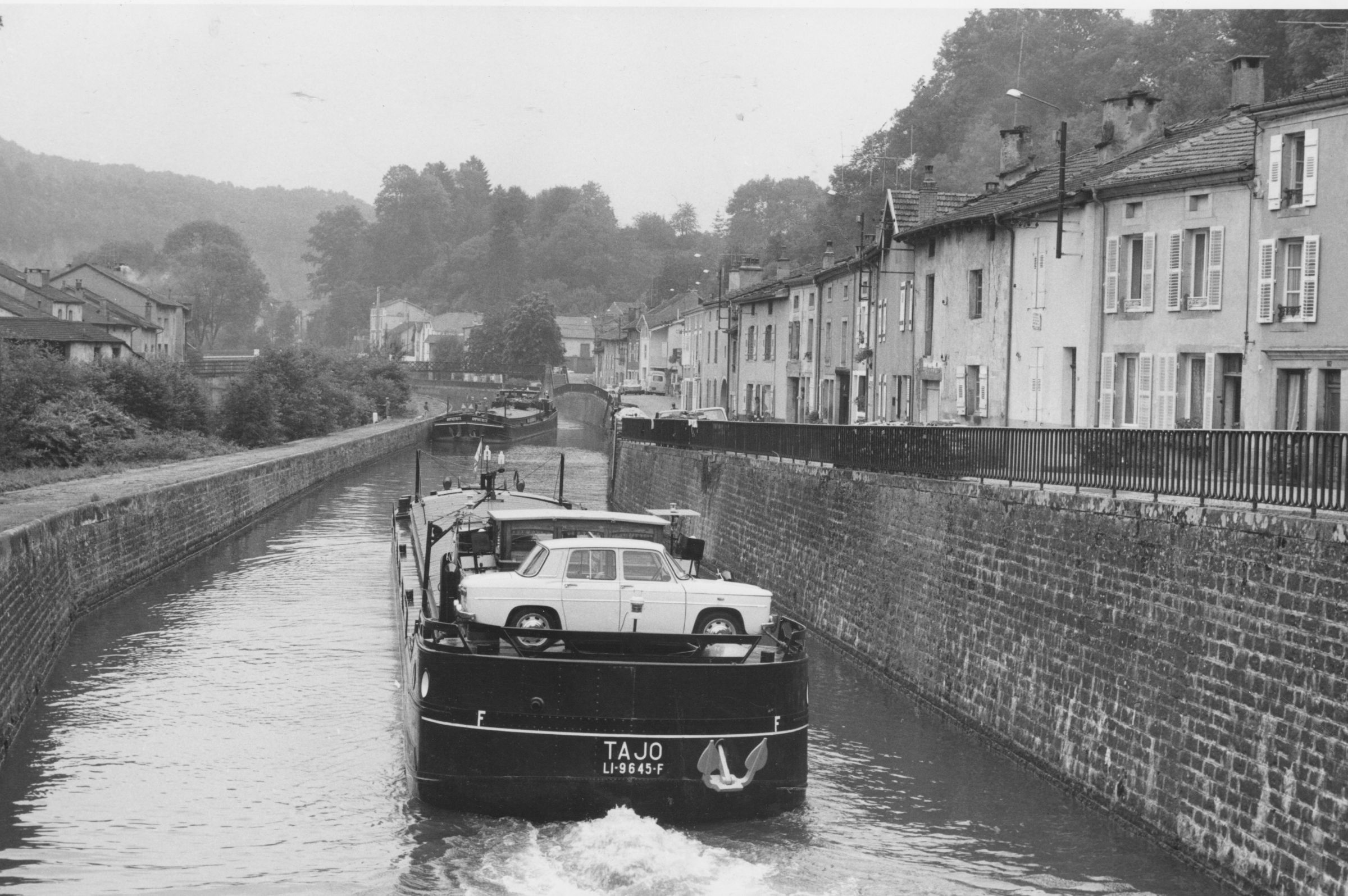
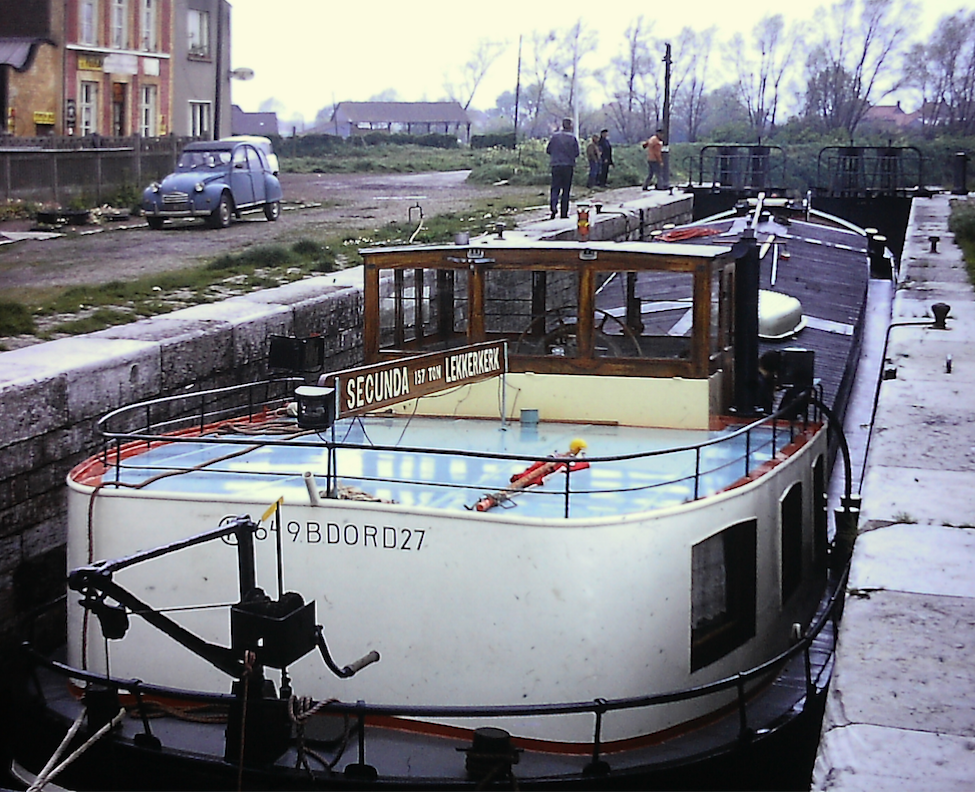
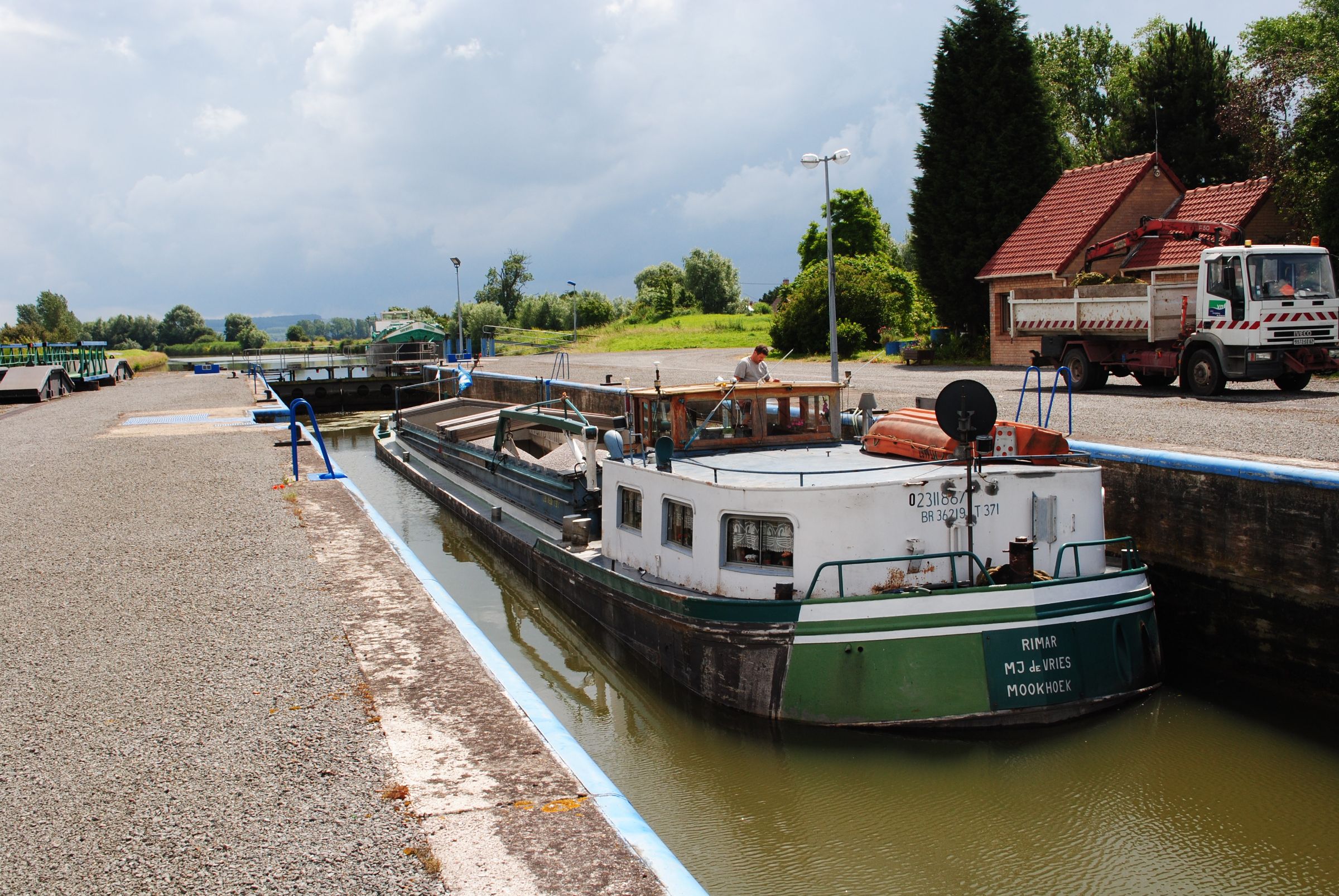

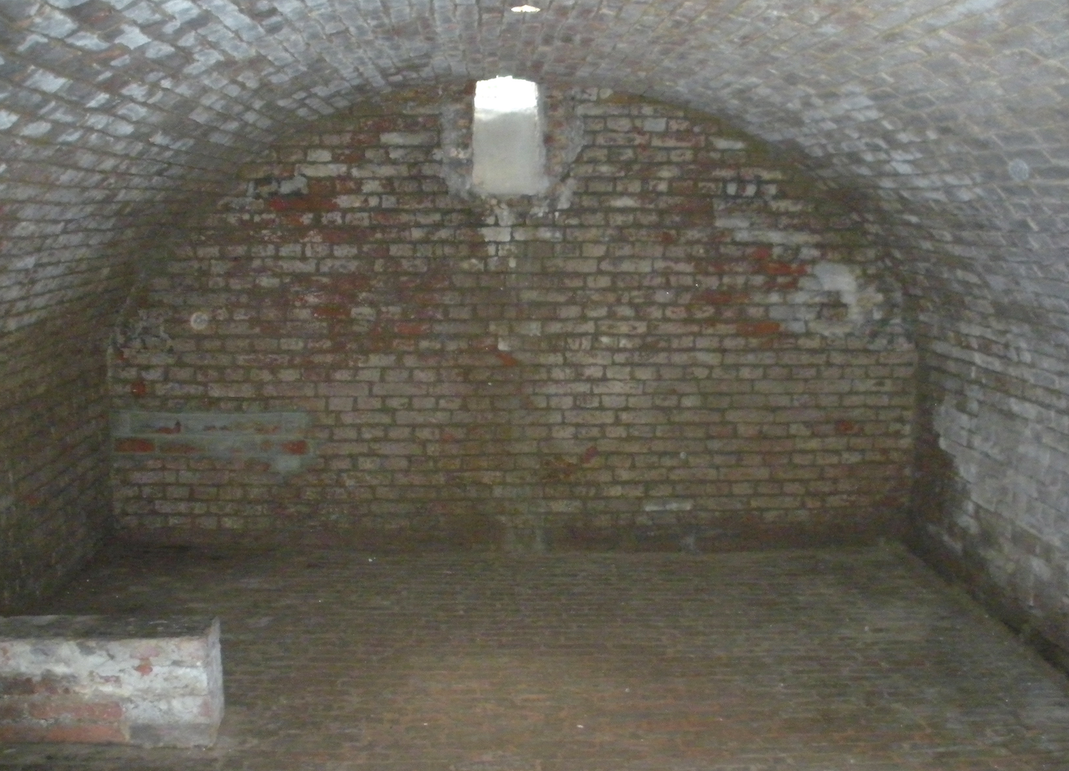
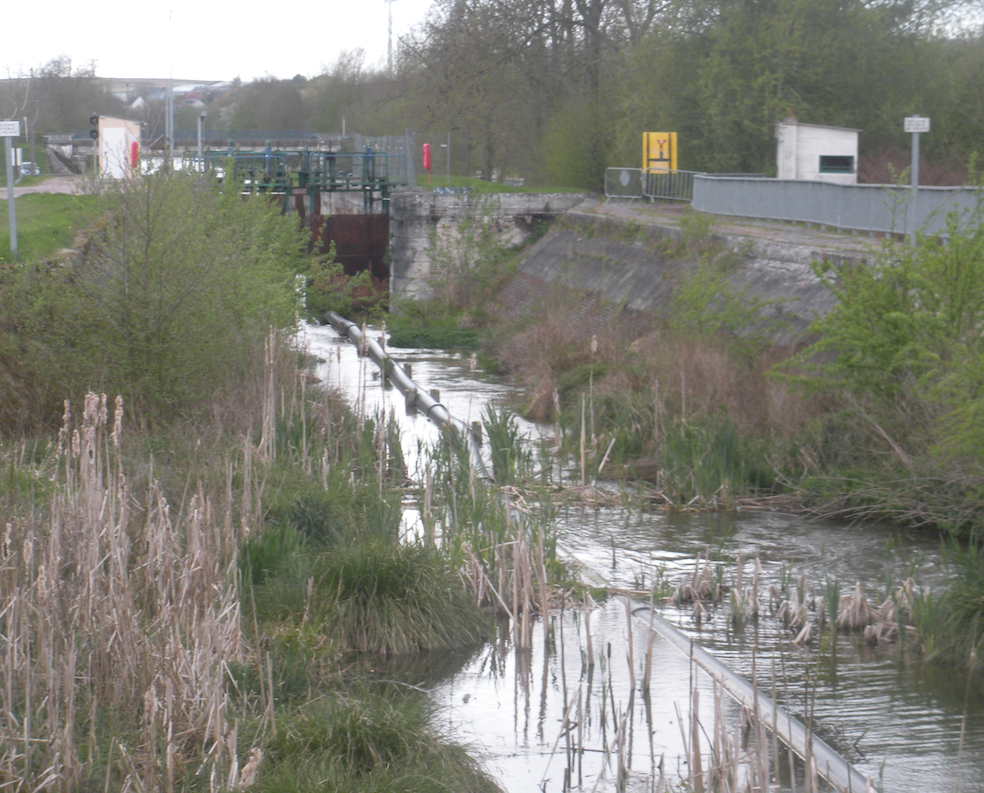
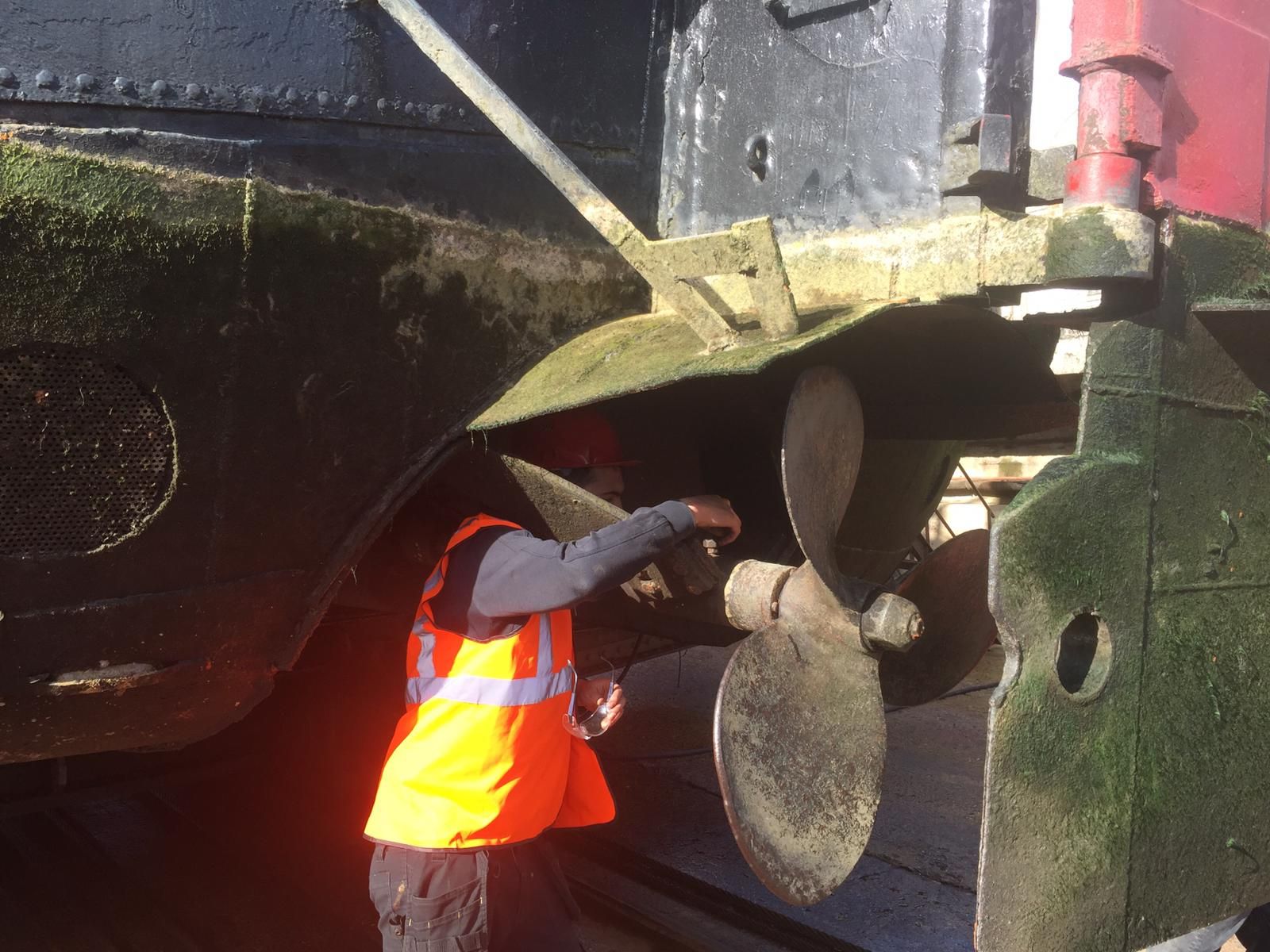
(JOHNLILEY).jpg.557dd9d75879b733c81ee30ea30f976f.jpg)
